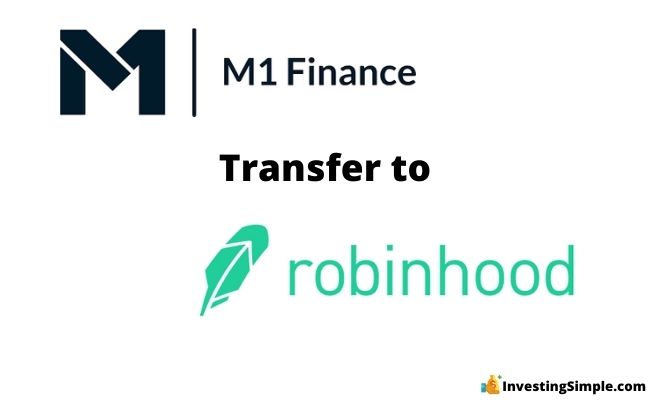





M1 and Robinhood are two popular commission free stock trading apps.
If you're looking to transfer your assets from M1 Finance over to Robinhood, we will walk you through the process - step by step.
Check out my video on how to transfer your brokerage account below, let's dive in!
Robinhood is a popular "all-in-one" investing app.
While they are most well-known for their commission free stock trading, they've recently shaken up the Retirement Investing World too.
Introducing Robinhood Retirement; home of the biggest IRA match on the market.
Here's what you need to know:
And don't worry, this comes with a Portfolio Builder Tool. You don't have to construct your investment portfolio from scratch if you don't want to.
Lastly, you'll even get a free stock worth up to $200 when you open a new Robinhood account using our link.
We have a full video tutorial on the process of transferring from M1 Finance to Robinhood.
Check it out below, or keep reading for written instructions!

The first step you need to take is setting up your new brokerage account with Robinhood. If you already have a Robinhood account, then you can skip this step.
Use the button above to get a completely free stock when you sign up!
In order to transfer your account over to Robinhood, you will need your M1 Account Number.
You can find this on your latest statement or in the M1 Finance app with the steps below:
Once you have opened a brokerage account with Robinhood, the next step is to initiate the transfer within Robinhood.
This is only possible via the Robinhood app, so you will want to download this onto your phone.

Follow the below steps to start a transfer from M1 to Robinhood: